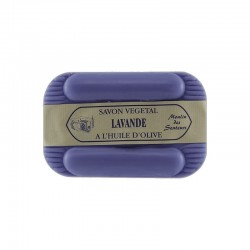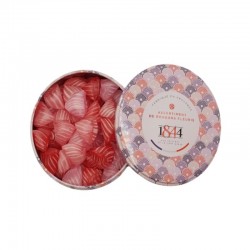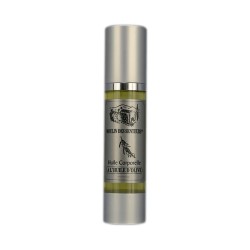
Lavender, Essence of Provence
Lavender: Between History, Cultures, and Fragrances
Introduction
Shrubby dicotyledonous plants with purple or violet flowers, grouped under the term lavender, are widely prized in the perfumery industry.
Among the different species, lavandin, with its particularly pronounced scent, stands out.
These plants thrive on dry, sunny, limestone soils, with the exception of Lavandula stoechas, which prefers siliceous soils.
1. The Origins of Lavender
Lavender, native to the western Mediterranean basin, was already used by the Romans to preserve linen and perfume baths.
In Provence, its use dates back to the Middle Ages, where it was employed in the composition of perfumes and medicines.
However, its significant rise occurred from the 19th century onwards.
2. The Development of Cultivation in France
First described in 1753 by Carl von Linné, the botanical genus of lavender saw major development in France due to the establishment of perfumeries in Grasse.
The systematic cultivation of lavandin in the 1950s marked a new era in lavender essential oil production, thus contributing to the French economy.
3. Crises and Renaissance
French lavender experienced crises, notably caused by the Stolbur phytoplasma, leading to a drop in production.
Between 2005 and 2010, 50% of lavender essential oil harvest was destroyed.
However, measures were taken to revive plantations, stabilize cultivated areas, and develop distillation methods, leading to a renaissance in production.
4. Lavender on the International Scale
Bulgaria has emerged as the world's leading producer of lavender, surpassing France.
In 2017, Bulgaria continued to dominate production with 187 tons, while France produced 120 tons.
These two countries together supply three-quarters of the world's production, highlighting the global importance of lavender.
5. Lavender in Culture
In France, lavender has been celebrated for nearly 70 years during the "Corso de la Lavande" in Digne-les-Bains.
This event, marked by a parade of floats decorated with lavender, has become an iconic tradition.
Furthermore, museums dedicated to lavender in southern Ardèche and Luberon illustrate the cultural importance of this aromatic plant.
6. Geographical Distribution and Cultivation Practices
Initially present in Provence, lavender cultivation has spread to Eastern Europe, Tasmania, and even Canada.
Cultivation practices in the Alpes-de-Haute-Provence were inscribed on the French Inventory of Intangible Cultural Heritage in 2018, emphasizing the historical and cultural importance of this tradition.
7. Renaissance of Cultivation in Quercy
Lavender cultivation in Quercy experienced a decline until the 1970s, but it has reconnected with its history since the 2000s.
Thanks to the efforts of local producers, this traditional agricultural activity is revived, contributing to heritage preservation and local economy revitalization.
8. Lavender Harvest
Lavender harvesting takes place before the flowers open, from late July to late August for "true" lavenders.
Picking precedes the essence in the flower's cells and secretory glands, favored by the strong summer heat.
Lavenders from the stoechas group, on the other hand, are harvested from March to May in the wild.
Conclusion
Lavender, a witness to history and culture, continues to occupy a central place in the perfumery industry.
From lavender fields in Provence to festivals in France and dedicated museums, lavender remains a source of inspiration and tradition, symbolizing the richness of its heritage.







